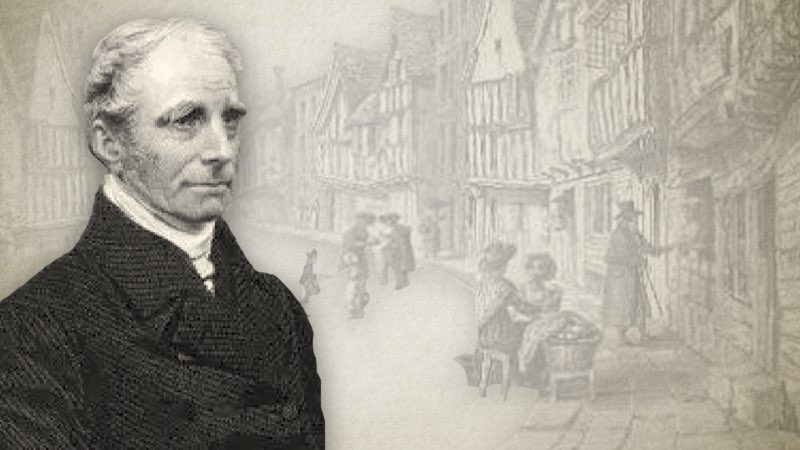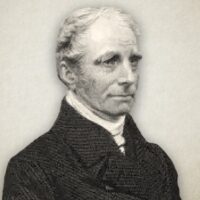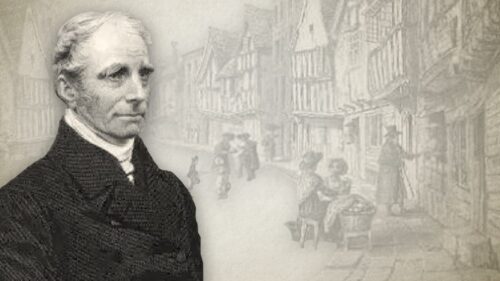
60 Canon
CANON
A word used to denote the authorised catalogue of the sacred writings. “The Greek word” says Dr. Owen, “which gives rise to the term canonical, seems to be derived from the Hebrew kaneh, which in general signifies any reed whatever, 1 Kings 14:15. Isa. 43:3. and particularly a reed made into an instrument, wherewith they measured their buildings, containing six cubits in length, Ezek. 40:7; 43:16. and hence indefinitely it is taken for a rule or measure. Besides, it signifies the beam and tongue of a balance. Isa. 436:6. ‘they weighed silver on the cane; that is, saith the Targum, ‘in the balance.’ This also is the primary and proper signification of the Greek word. Hence common, wherein it signifies a moral rule. Aristotle calls the law the rule of the administration; and hence it is that the written word of God being in itself absolutely right, and appointed to be the rule of faith and obedience, is eminently called ‘canonical.'”
The ancient canon of the books of the Old Testament, ordinarily attributed to Ezra, was divided into the law, the prophets, and the hagiographia, to which our Saviour refers, Luke 24:45. The same division is also mentioned by Josephus. This is the canon allowed to have been followed by the primitive church till the council of Carthage; and, according to Jerome, this consisted of no more than twenty-two books, answering to the number of the Hebrew alphabet, though at present they are classed into twenty-four divisions. That council enlarged the canon very considerably, taking into it the apocryphal books; which the council of Trent farther enforced, enjoining them to be received as books of holy Scripture, upon pain of anathema. The Romanists, in defence of this canon, say, that it is the same with that of the council of Hippo, held in 393; and with that of the third council of Carthage of 397, at which were present forty-six bishops, and among the rest St. Augustine. Their canon of the New Testament, however, perfectly agrees with ours. It consists of books that are well known, some of which have been universally acknowledged; such are the four Gospels, the Acts of the Apostles, thirteen epistles of St. Paul, first of St. Peter, and first of St. John; and others, concerning which doubts were entertained, but which were afterwards received as genuine; such are the Epistle to the Hebrews, that of James, the second of Peter, the second and third of John, that of Jude, and the Revelation. These books were written at different times; and they are authenticated, not by the decrees of councils or infallible authority, but by such evidence as is thought sufficient in the case of any other ancient writings. They were extensively diffused, and read in every Christian society; they were valued and preserved with care by the first Christians; they were cited by Christian writers of the second, third, and fourth centuries, as Irenxus, Clement the Alexandrian, Tertullian, Origen, Eusebius, &c.; and their genuineness is proved by the testimony of those who were contemporary with the apostles themselves. The four Gospels, and most of the other books of the New Testament, were collected either by one of the apostles, or some of their disciples and successors, before the end of the first century. The catalogue of canonical books furnished by the more ancient Christian writers, as Origen, about A.D. 210, Eusebius and Athanasius in 315, Epiphanius in 370, Jerome in 382, austin in 394, and many others, agrees with that which is now received among Christians.
Charles Buck (1771-1815) was an English Independent minister, best known for the publication of his “Theological Dictionary”. According to the “Dictionary of National Biography”, a Particular Baptist minister named John C. Ryland (1723-1792) assisted Buck by writing many of the articles for the aforementioned publication. One may conclude, based not only Buck’s admiration for his friend Ryland, but also on the entries in his Theological Dictionary, that he stood head and shoulders with the High-Calvinists of his day.
Charles Buck on the Biblical Covenants (Complete)
Charles Buck's Theological Dictionary




